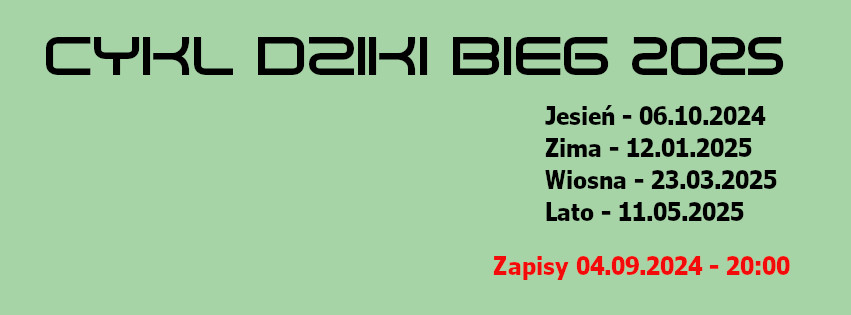Klara Francuz-Matwiejczyk
Diaphragm and breathing in speech therapy - manual work supporting the correct breathing pattern
registrations: poradniaorzechowa@gmail.com
Date: January 17, 2025, Friday
Location: Orzechowa Street 1, 05-077, Warsaw-Wesoła
Stationary, practical training (1-day)
Hours: 9:00 AM - 6:30 PM
Price: 850 PLN/person (deposit: 250 PLN)
PROGRAM
Theoretical part
Speech therapy-physiotherapy interview - specific questions in the interview regarding breathing
With the parent of a preschool and school child
With an adult person
Anatomy and physiology of breathing
Respiratory muscles
Accessory muscles
Diaphragm - anatomical structure
Respiratory diaphragm - the muscle of life
Discussion of diaphragm physiology
Functions of the diaphragm and its impact on the functioning of the entire body: spine, digestion, drainage, immune system
The importance of diaphragm functioning in body posture
Diaphragms in the body
Discussion of the anatomy and physiology of diaphragms in the body
Cooperation of diaphragms - why is it so important in the context of the breathing pattern, muscle tension, and... the verticalization of the tongue?
Diaphragm dysfunctions - what can they result in and how to diagnose them?
Chest and neck
Anatomy of the chest and palpation of the most important structures for manual work in the speech therapy office
Function of the chest in the act of breathing
Neck - discussion of the most important structures involved in breathing
Dysfunctions and tensions in the area of ribs, sternum, clavicles, and muscles that disrupt the correct breathing pattern - etiology of occurrence and significance in speech therapy.
Practical part
Palpation of the most important respiratory muscles and assessment of tension
Global assessment of the patient in the context of the breathing pattern, taking into account body posture, habitual position, observation of tensions in the body
Diagnosing the diaphragm
Manual work on the diaphragm
Diagnosing tensions located in the area of the chest
Manual work on the clavicles, sternum, intercostal muscles, pectoral muscles, and thoracic spine
Diagnosing and manual work on the neck muscles and the base of the skull
Breathing exercises supporting diaphragm work - techniques using visualization and relaxation
CONCLUSION
Discussion of the importance of breathing and the selection of techniques in selected speech disorders.
TARGET AUDIENCE:
speech therapy students
individuals starting their journey with speech therapy
therapists who want to expand their workshop with anatomy, physiology, and biomechanics of the human body
therapists who want to expand their workshop with manual techniques and a broader, more holistic view of patient problems
for physiotherapists who want to expand their knowledge about speech therapy problems and build therapeutic teams



